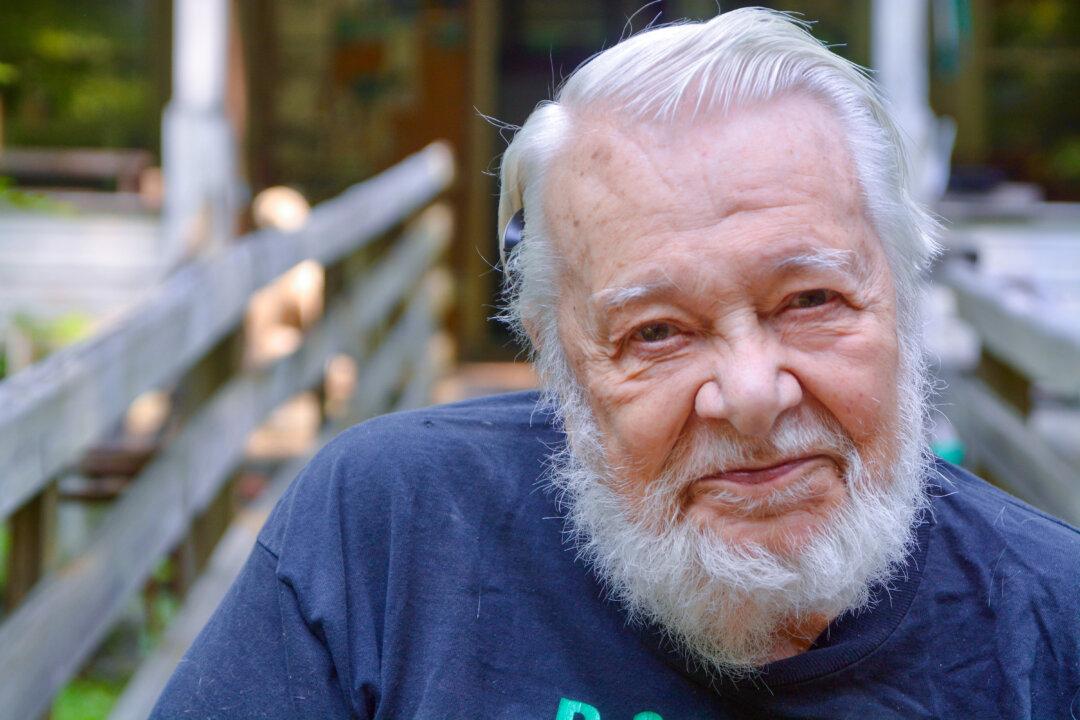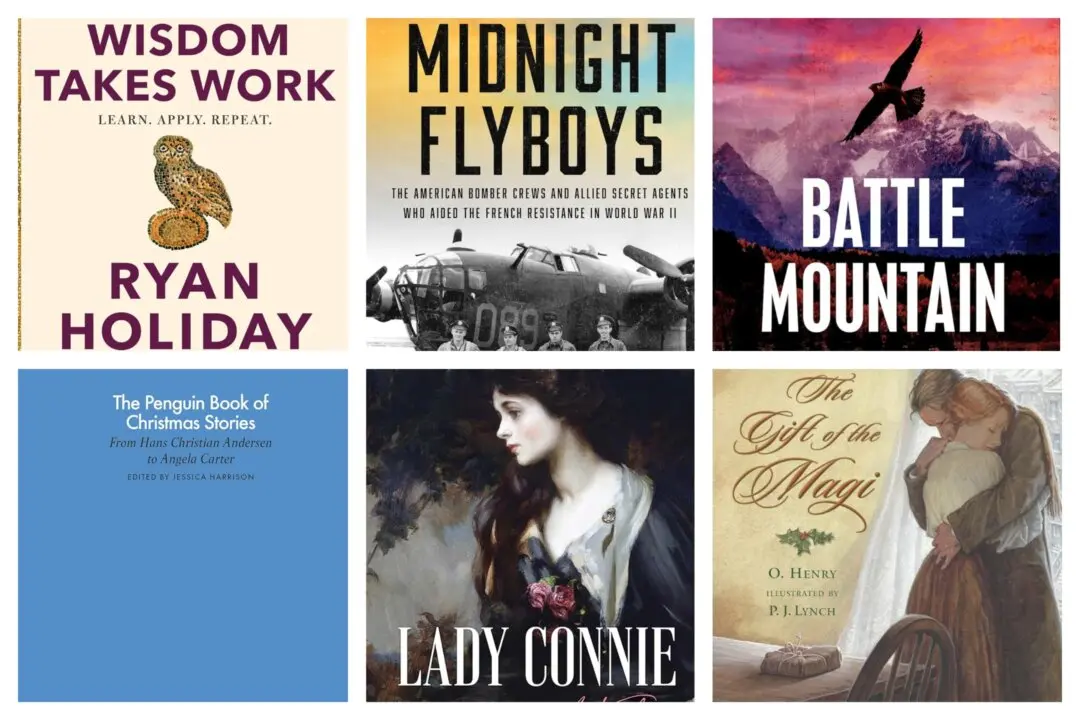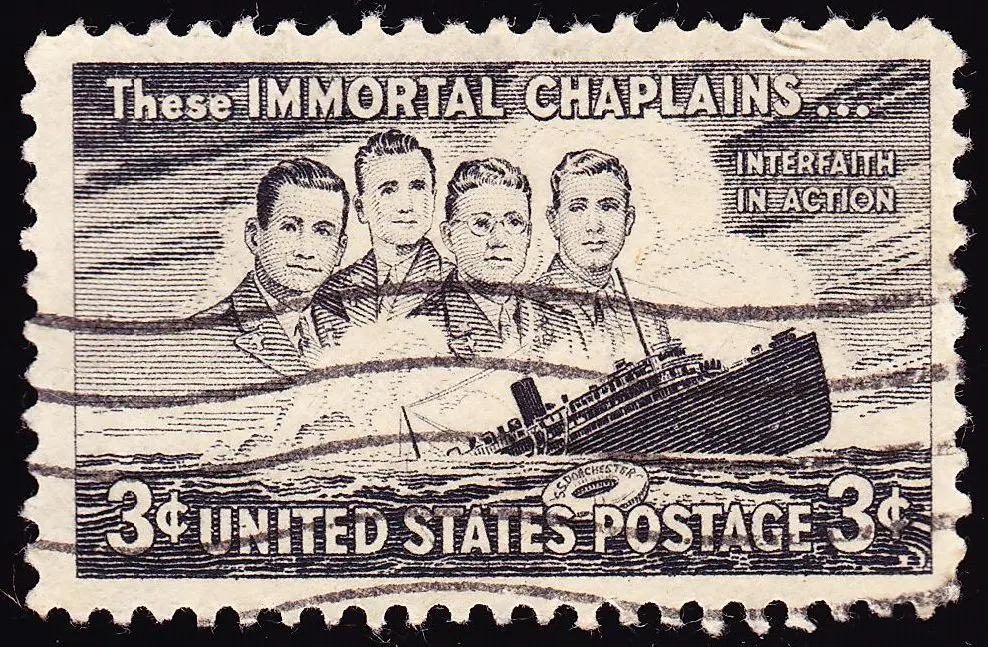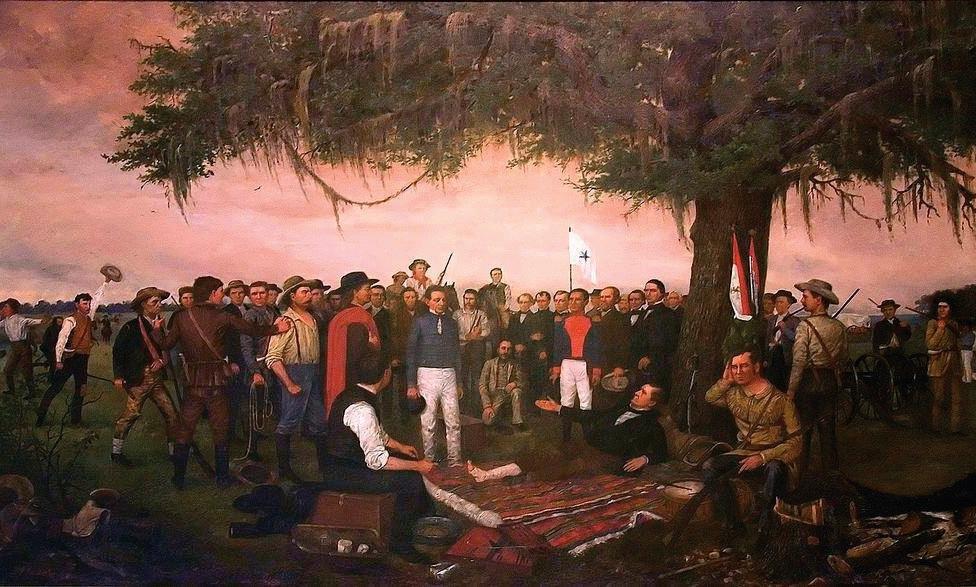Stories and storytelling are baked into human nature. The paleolithic hunter describing his latest hunt by firelight was both entertaining his audience and passing along valuable information to a younger generation. The friend who calls on the phone and says “Guess what happened to me today?” is about to launch into a story.
In many ways, we shape our very lives by means of stories. We tackle the chaos and mess of the world by composing an interior autobiography, with chapters running from childhood and youth to old age. We make sense of existence itself by assembling, ordering, and relating mundane and extraordinary events. Sit in a coffee shop or a bar, and listen; all around you are people swapping stories. Sometimes these tales are instructive, as those speaking describe how they study for an exam or why they fast one day a week. On other occasions, they use their narratives to convey emotions, the joy of surprising a father on his birthday or the sadness of a friend just diagnosed with cancer.






